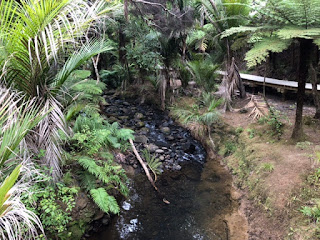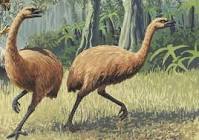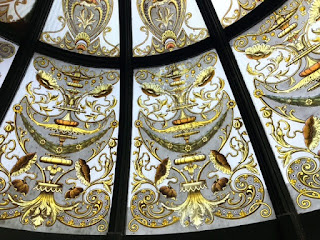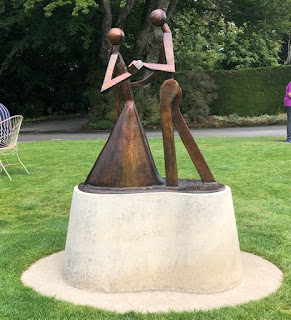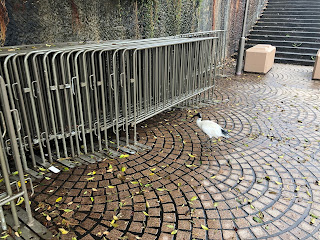We are staying two days in Auckland, allowing us to explore museums, the sky tower, aquarium, and adjacent rainforests.
The waters around Auckland are dotted with islands, large and small, both inhabited and uninhabited except for protected wildlife, and the waters are full of vessels, mostly hundreds and hundreds of sailboats. The America’s Cup will be held here in 2021.
Another cruise ship came in the morning of our second day in Auckland—the Viking Sun. She is a smaller ship, but lovely.
Day 1 saw us exploring an aquarium where both King and Gentoo penguins are housed in a snow field enclosure. Up close they are pretty amazing birds.
We also enjoyed a quick trip through the wonderful war memorial museum, which actually seemed more like a smaller version of Te Papa, and our wonderful guide passed on tremendous amounts of information in our brief one hour tour. We still didn’t get to see the Gallipoli display (the second museum where we missed it). The Gallipoli battle was fought in WWI, and had a great loss of life on both sides. Both New Zealand Soldiers and Australians fought side by side, and the battle (and others) is commemorated on Anzac Day by both countries. The battle and the fallen soldiers are well remembered to this day.
On Day two we were immersed in nature, traveling out of the city up the slopes of an ancient volcano to drive through dense Kauri tree forests to the Waitakere Regional Park. We had to disinfect our shoes entering and leaving as the Kauri trees (which can be as ancient as our redwoods) are besieged by a phytophera pathogen which sounds very similar to sudden oak death. There we walked along a stream in the rain forest. The only wildlife we spotted was an eel in the creek and the native pidgeon, but it was a wonderful “bush tramp.” The vegetation however was abundant and lovely.
At the visitor center, we were able to both look across at the park and down at the treetops below us.
We finished up our tour with a walk on a beach, and I dipped my toes in the Tasman Sea.




